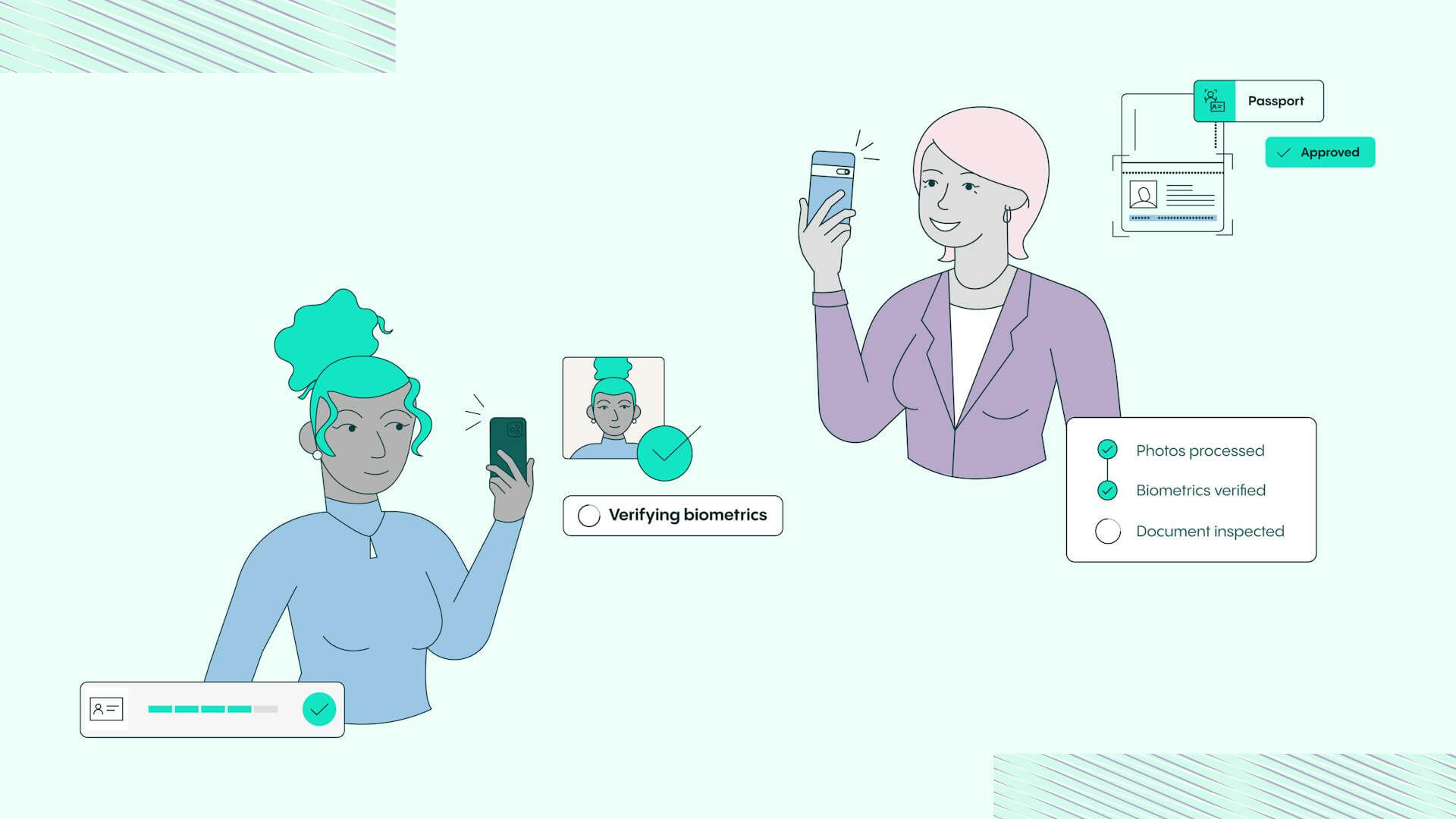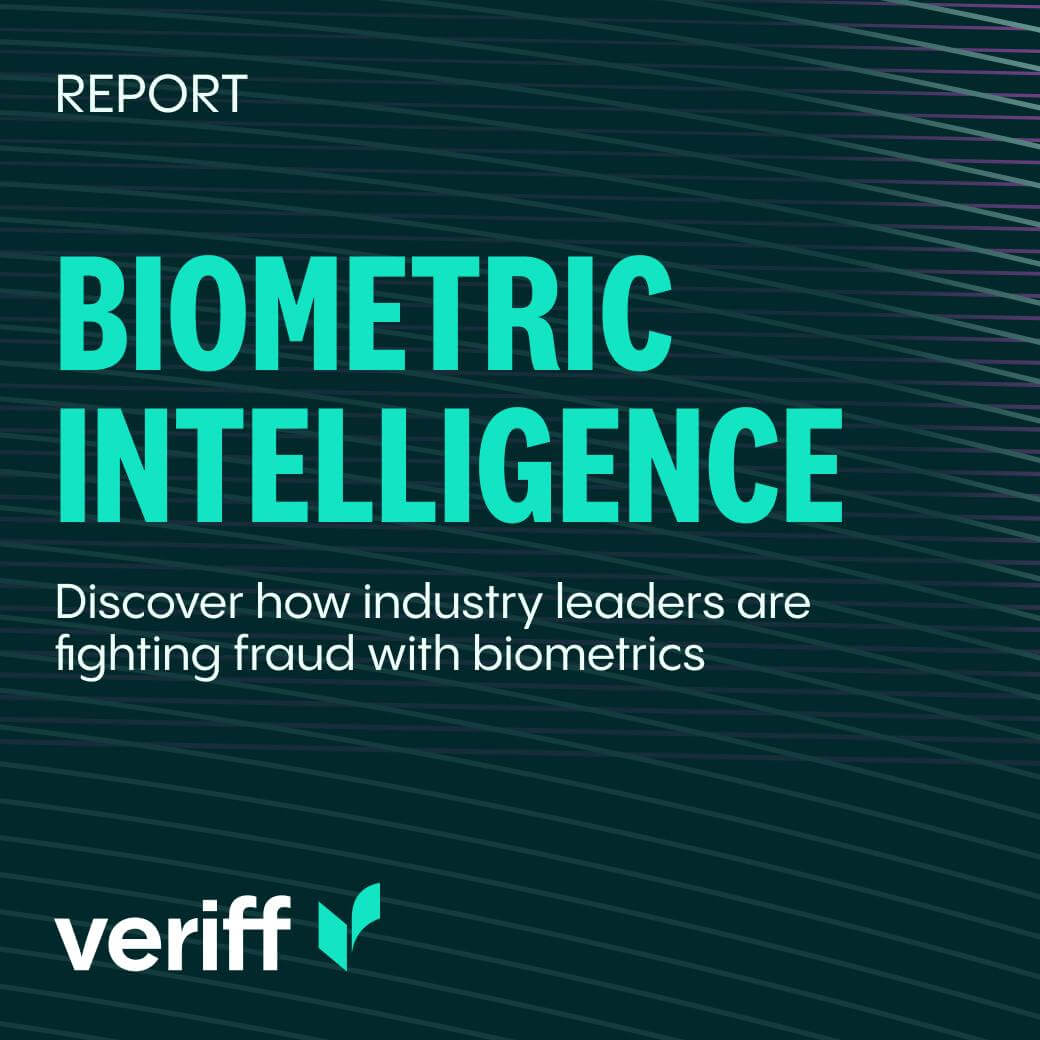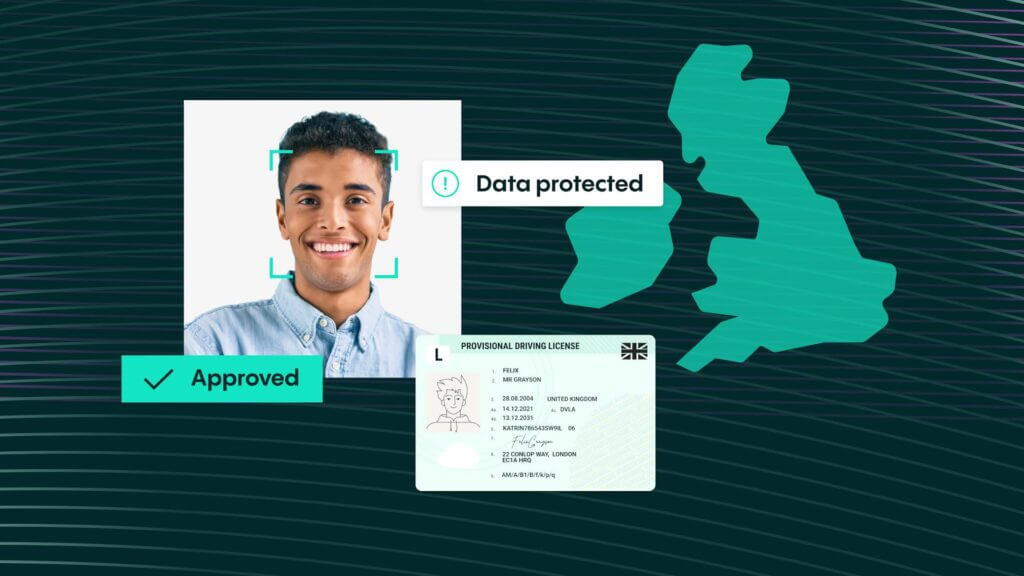Artículo de IDV
¿Qué tan simple es la verificación de identidad?
Determinar si alguien está siendo honesto sobre quién es solía ser un desafío. Pero ahora, con tanta tecnología y una variedad de documentos de identidad, debería ser fácil. Pero, ¿qué tan fácil es?

Una identidad se compone de una combinación de características. Una característica normalmente no es suficiente para identificar a alguien de manera categórica y segura, pero una combinación generalmente lo es.
In its simplest terms, someone’s identity needs to be verified if they are using a service that requires personal information or if it is giving them something valuable. By effectively verifying someone’s identity, companies can be confident that they are providing the right people with the correct access to their services. The vast majority of identity verification is now conducted online and there is now no getting away from it; digital identity verification is necessary and is here to stay.
Muchas personas están preocupadas de que los procedimientos robustos de verificación de identidad sean complicados y dañen las relaciones con los clientes. A su vez, los usuarios pueden estar aprensivos sobre tener que demostrar quiénes son al proporcionar datos personales.
However, if managed correctly by a company like Veriff, identity verification should be a simple process that shouldn’t be invasive at all and should facilitate customer conversions rather than inhibiting them.
¿Cómo ha evolucionado la verificación de identidad?
Hace muchos años, el único método para identificar a otra persona era usar tu memoria para recordar sus diversos rasgos faciales y detalles físicos. Esto, obviamente, deja margen para el error y, por lo tanto, han surgido lentamente diferentes métodos:
- Jewelry: The oldest pieces of jewelry that were used for identity purposes are beads that date back 100,000 years. Even now, jewelry in the form of ‘dog tags’ are used in the army and specific bracelets are worn by people to identify their medical needs.
- Government census: Government Censuses are simple ways to identify populations, with the earliest mention of a census taking place in 3800 BC during the Babylonian Empire. The Roman Empire took this further and introduced a variety of identity verification documents like birth certificates and citizenship records which are still in use today.
- Passports: The conception of passports has long been credited to King Henry V of England who created a document in 1414 that enabled English citizens to prove their identity while in a foreign country. After WWII, photo IDs like passports became much more widespread.
- Fingerprints: A biometric breakthrough was made in 1858 by Sir William Herschel who found a way to precisely use ink fingerprints as manual signatures on documents like Wills and Deeds.
- Digital records: Believe it or not, there was a time before secure digital records were a thing! In 1977, the US was the first to computerize its paper records and simultaneously created a program that could cross-reference between different banking and governmental bodies.
- Identity smart cards: The digitization of personal records led the way for many countries to introduce smart cards that carry a variety of secure identity verification information. The first few countries to use these were Singapore, Germany and the Czech Republic.
- Biometric records: The world’s largest biometric digital ID system – The Aadhaar platform – was developed in India in 2010 and captures fingerprints and iris scans. Biometric verification went mainstream in the consumer market in 2013 when Apple implemented a fingerprint sensor on the iPhone 5S. This was made even more robust in 2017 when Apple introduced FaceID on the iPhone X.
Estamos viviendo en un mundo de tecnología en rápida evolución, lo que conlleva una creciente amenaza de fraude de identidad. Los procesos de verificación de identidad necesitan seguir evolucionando para permanecer lo más seguros posible, mientras son simples de usar y fáciles de entender.
El proceso de verificación de identidad
Identity verification has now evolved to be mainly digital and the process involves two key questions:
- Who are you? This is verified by comparing a person’s biometrics to a database of possible identities in order to match them and discover their identity.
- Are you who you say you are? This is distinctly different to the first question and it is the foundation of biometrics-based security. In the case of unlocking a phone for example, when you use your fingerprint to unlock your phone, you are comparing it to the fingerprint scan you have previously submitted.
There are many different options out there for companies looking to bolster their identity verification services. How much confidence a company has in an identity is determined by how many pieces of evidence they can collect to prove it.
New technology is being developed all the time to help ease the process and make it as simple as possible for people to use. Earlier in 2020, Veriff launched a new product, called Assisted Image Capture that means we can support a user in real-time by monitoring their biometric photo and advising if there are any issues with it. In a nutshell, it makes the process less daunting for consumers, boosts conversion rates and removes the more cumbersome and time-consuming parts of the identity verification process.
Por qué la verificación de identidad no es una barrera
La mayoría de las personas ya están acostumbradas a las medidas de seguridad estándar, como ingresar un número PIN o proporcionar una firma digital. Incluso proporcionar huellas dactilares se está volviendo cada vez más común en la vida cotidiana. Sin embargo, algunos clientes están preocupados de que los procesos de verificación de identidad se estén volviendo más invasivos y están desconfiando de las empresas que los requieren.
A medida que más de nuestra vida se traslada en línea, es natural que las transacciones de alto riesgo requieran sistemas y procesos más robustos que pueden ser percibidos como invasivos. Sin embargo, asegurar que un individuo es quien dice ser es una alta prioridad para muchas empresas.
Good digital identity verification should be simple and let consumers to decide when, whether and with whom they share information about themselves. When done correctly it will inspire confidence and trust as a user will realize how well a company is looking after their data.
La transparencia sobre por qué el proceso se lleva a cabo de cierta manera también es vital para que los clientes sepan que su información se necesita para cumplir con los requisitos de cumplimiento y regulación.
Los procesos de verificación de identidad han evolucionado enormemente en los últimos años. Siempre que los procesos digitales continúen realizándose de manera simple y transparente, no hay razón para que esta nueva ola de prácticas no se sienta pronto tan fácil y natural como mostrar un pasaporte en el aeropuerto.









